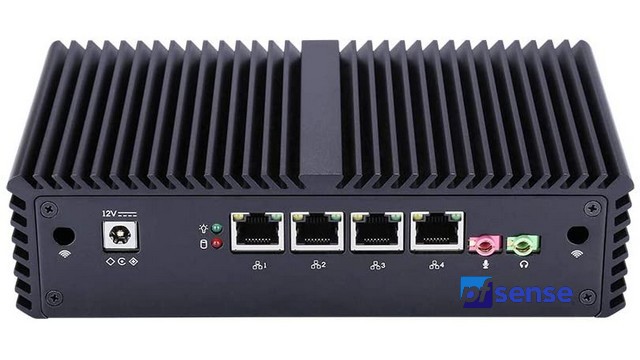If you’re tired of buying hardware that keeps giving out after a year or two, you might want to build your own pfSense router. Routers that run pfSense (official website) are more robust and reliable than standard consumer-grade hardware, and you can make one using the same parts you would use to construct a regular PC. In fact, since pfSense is relatively…

Atlas is an action-rpg with rogue-like elements where you use your ability to control the ground to fight the enemies and move through procedurally generated worlds.










